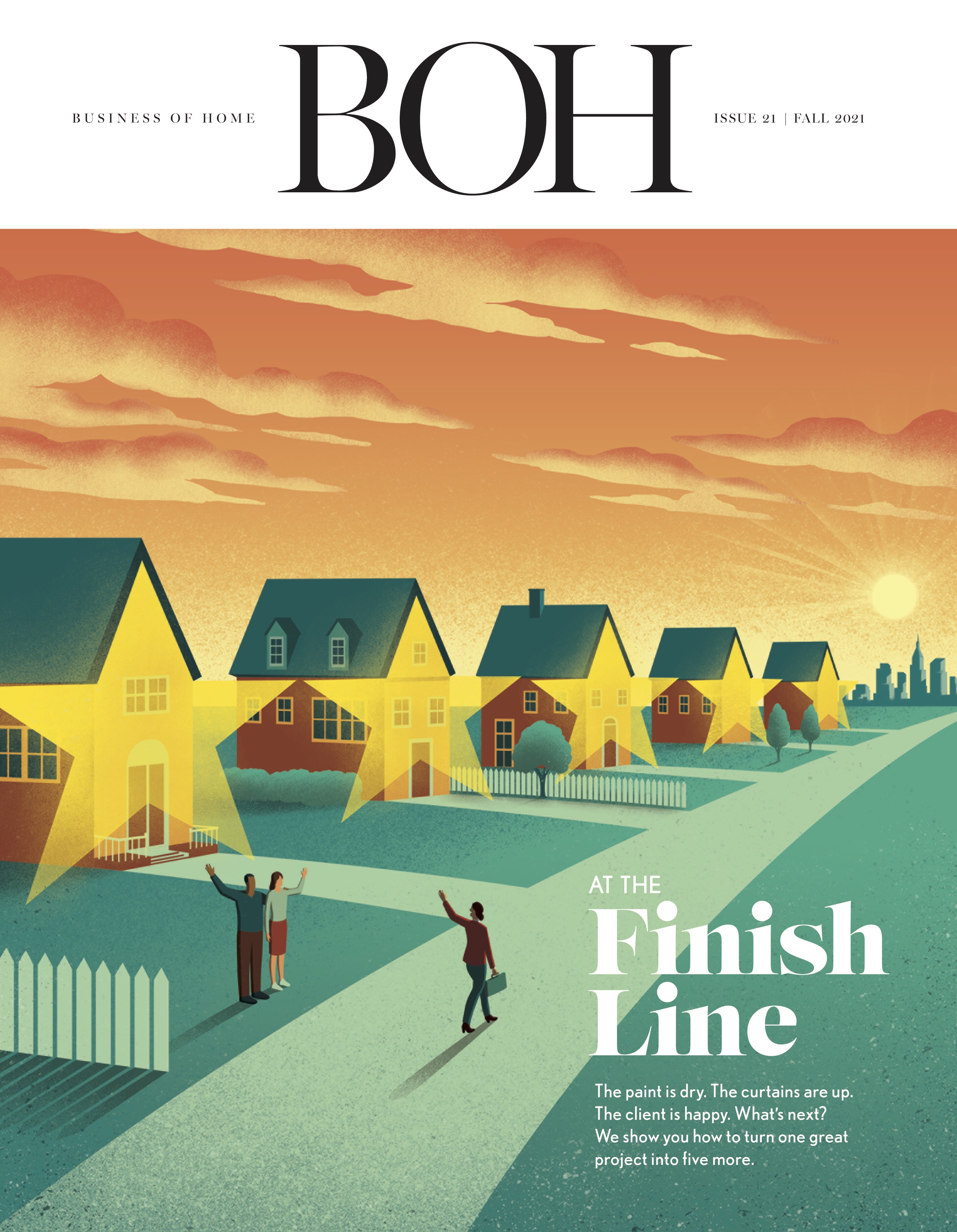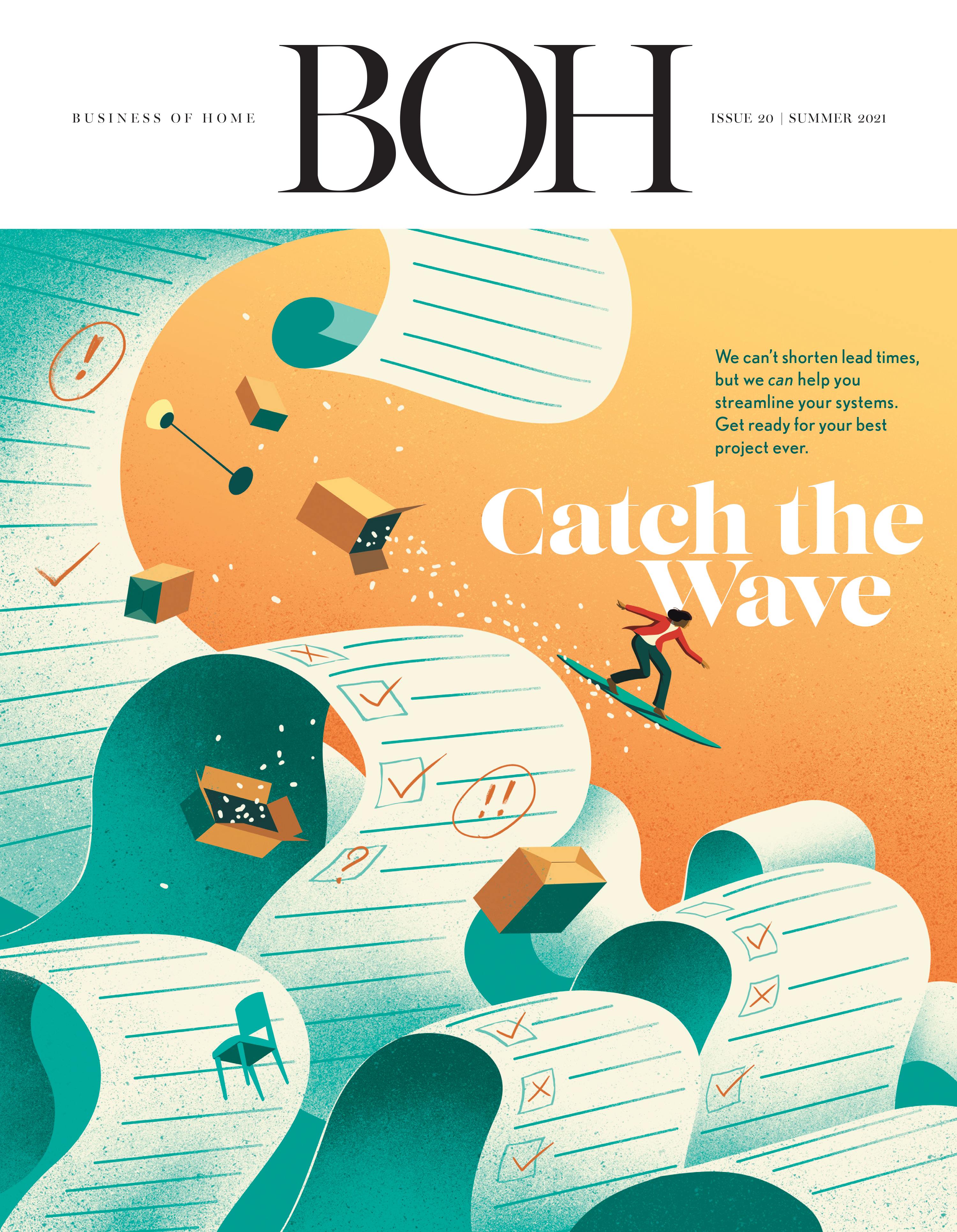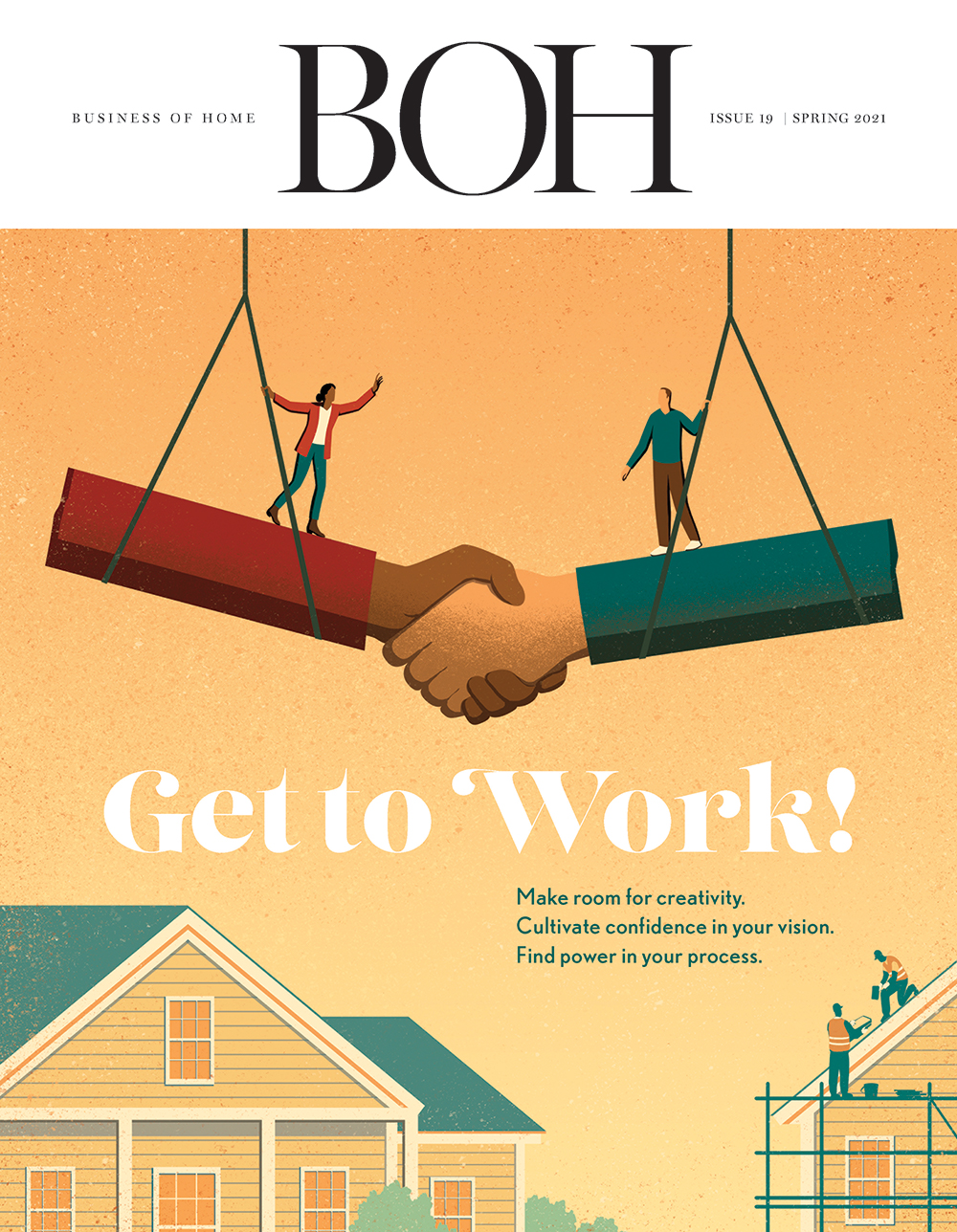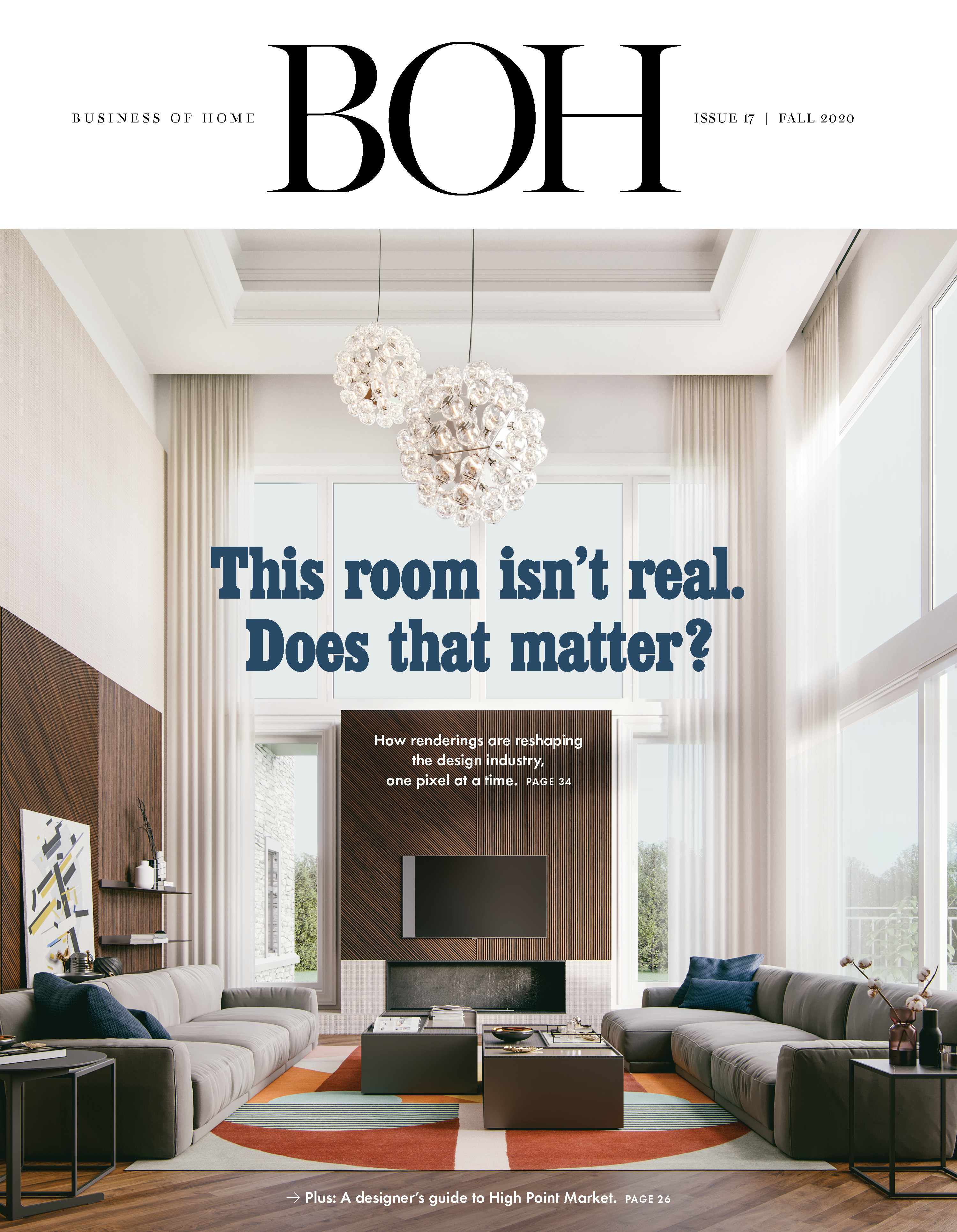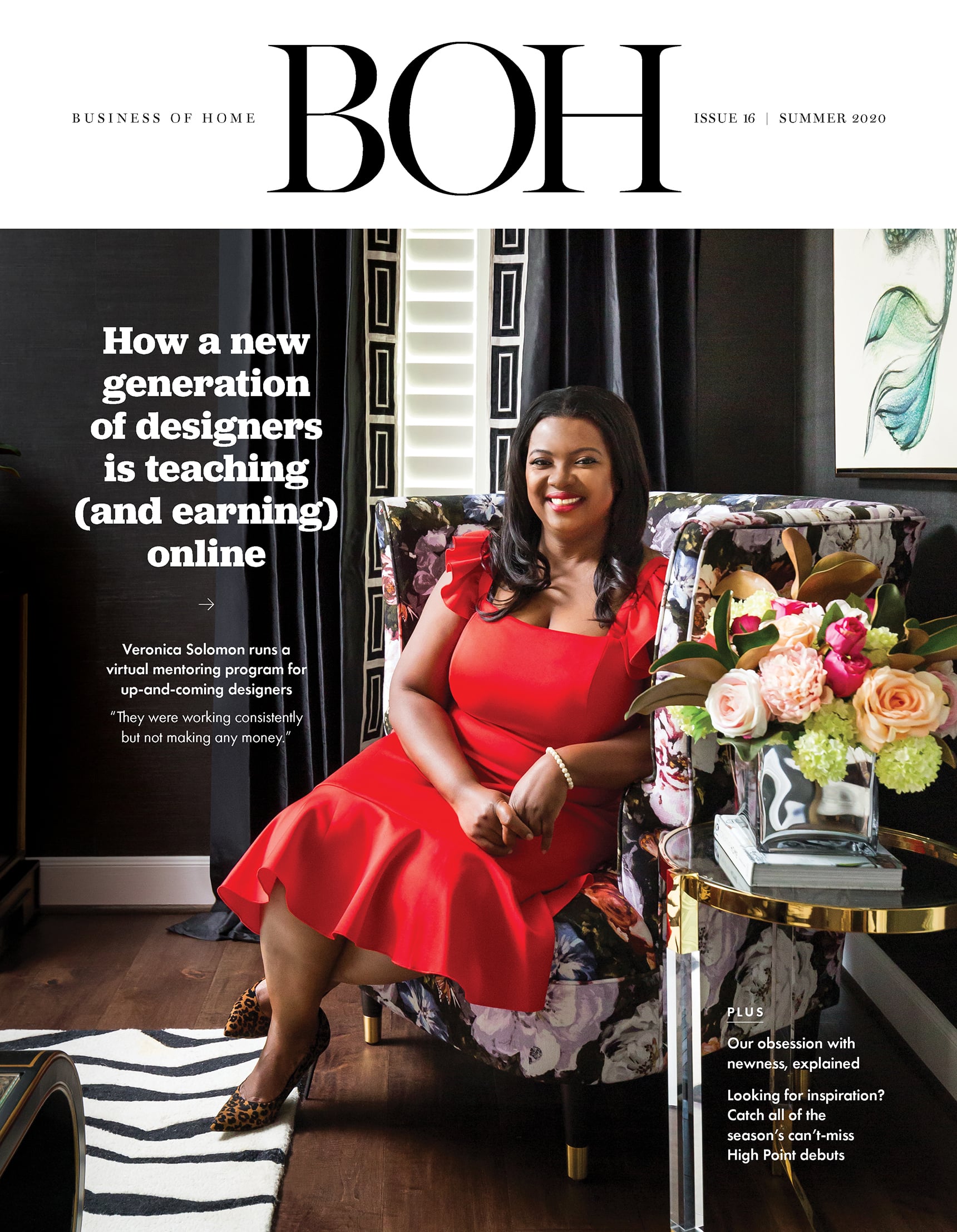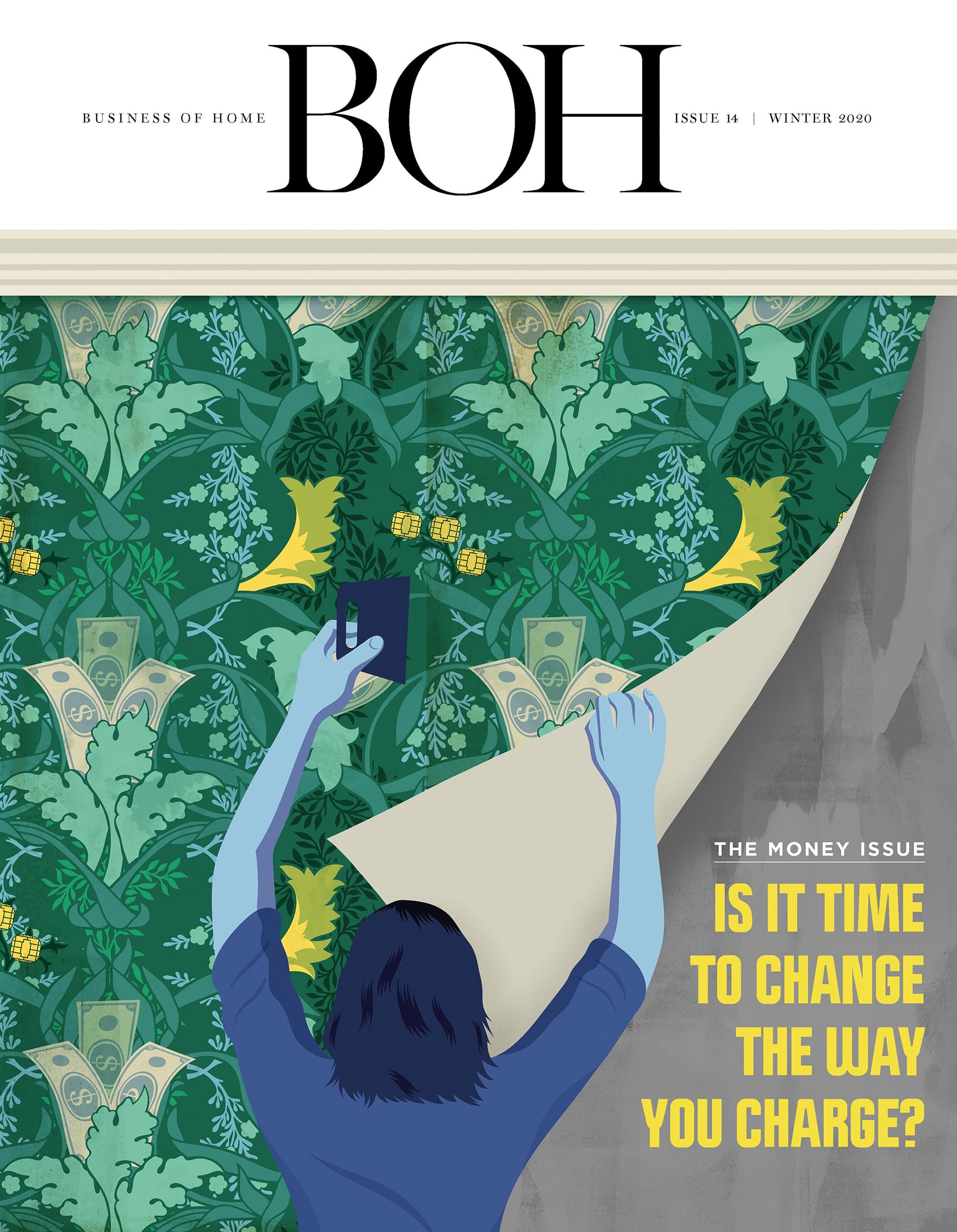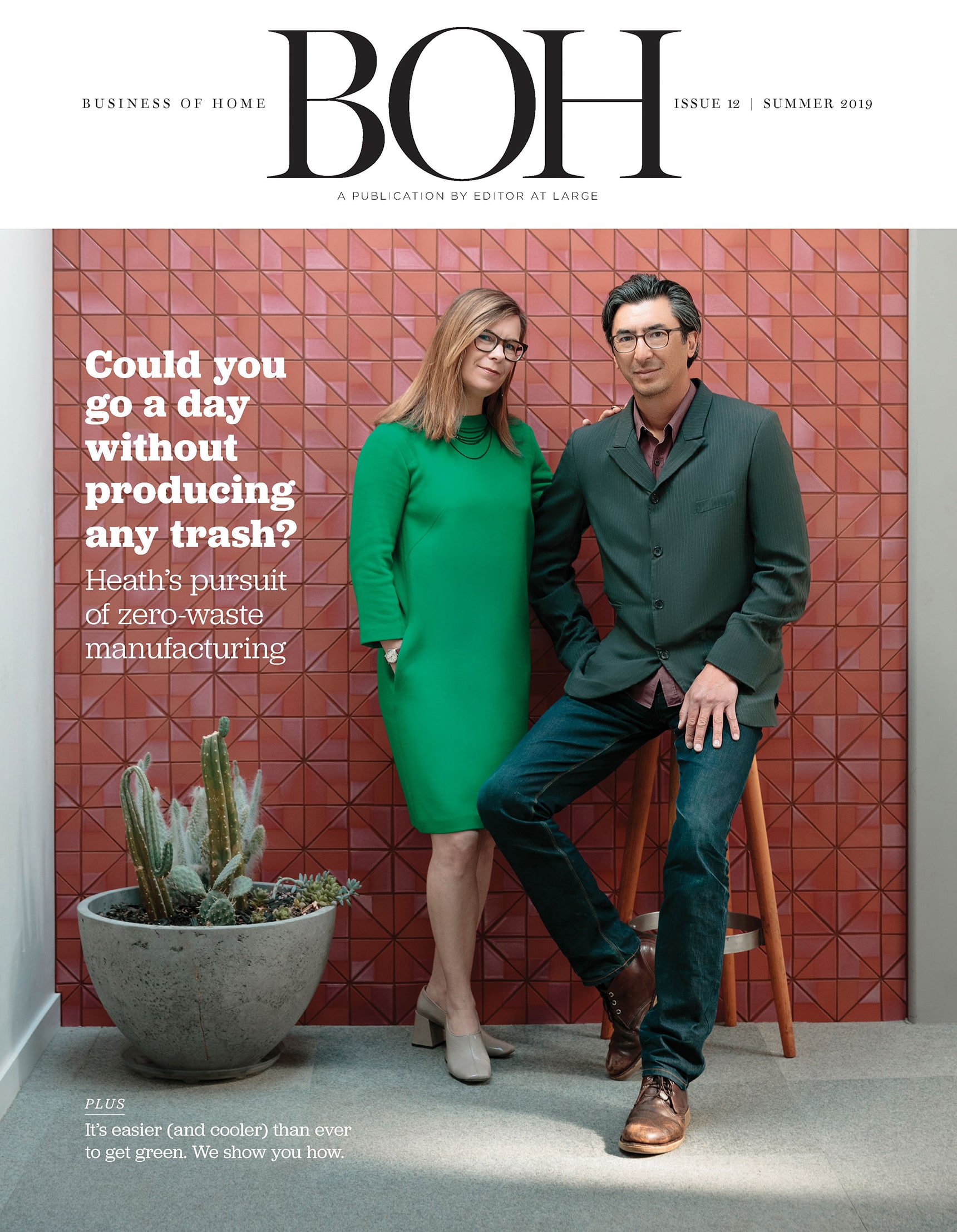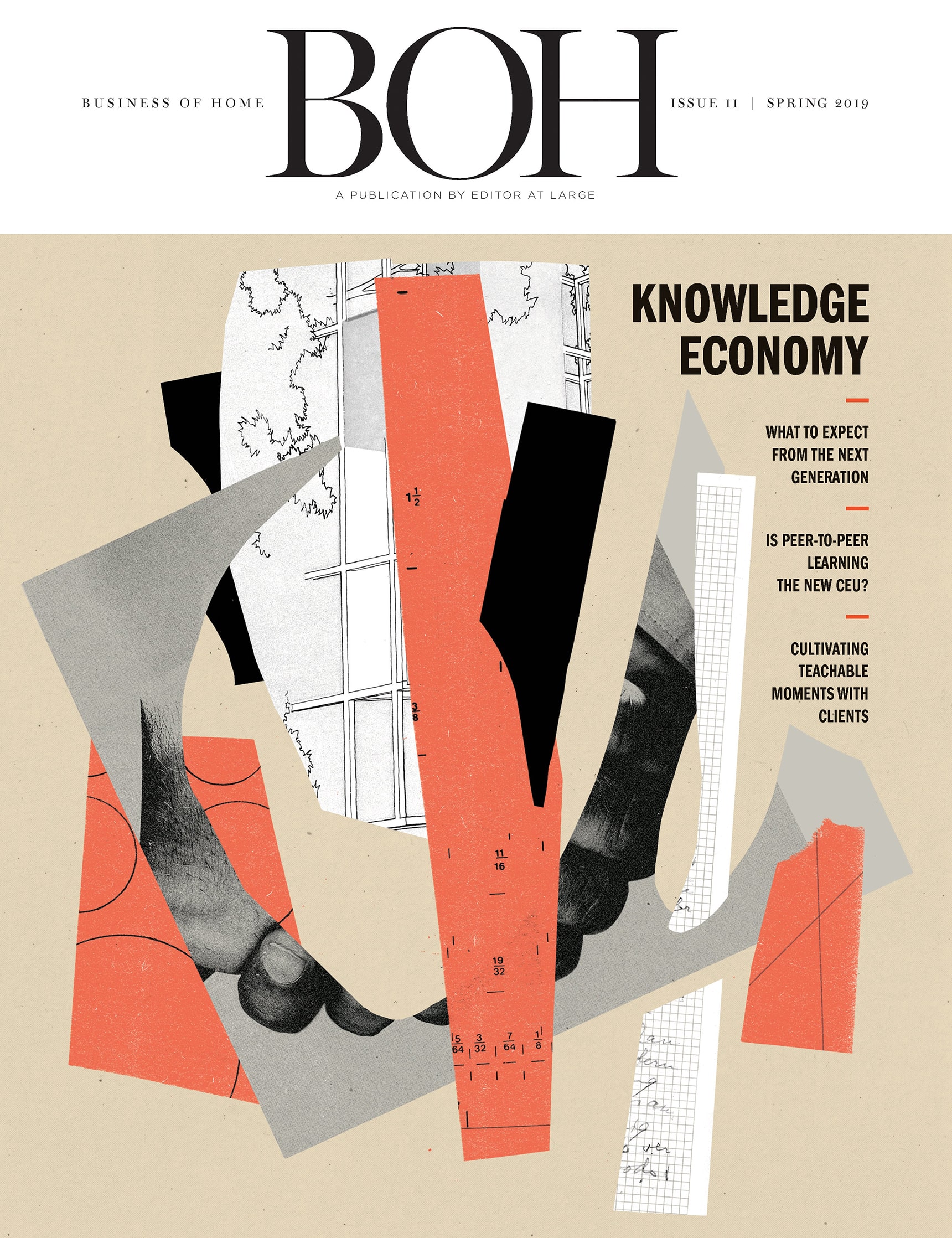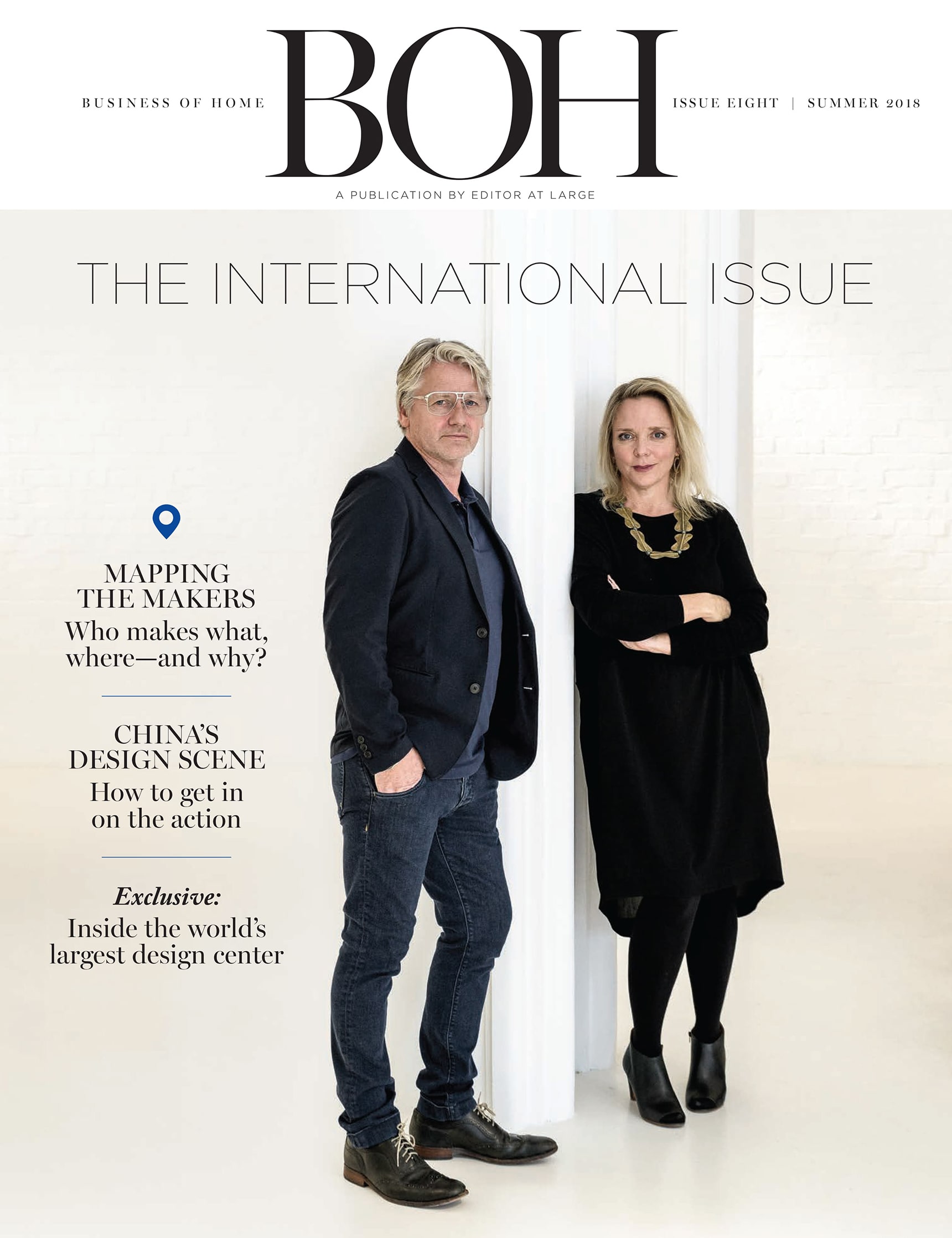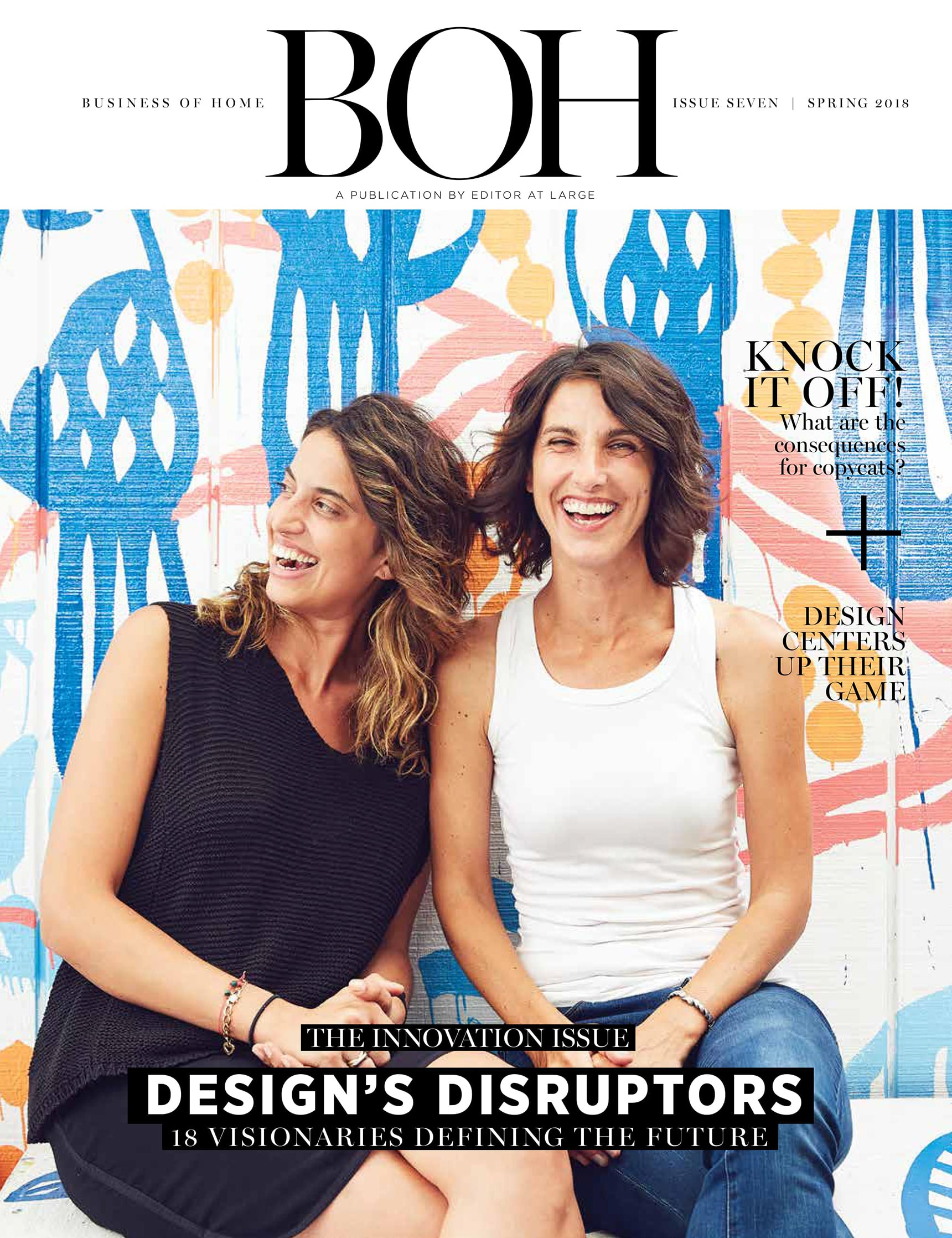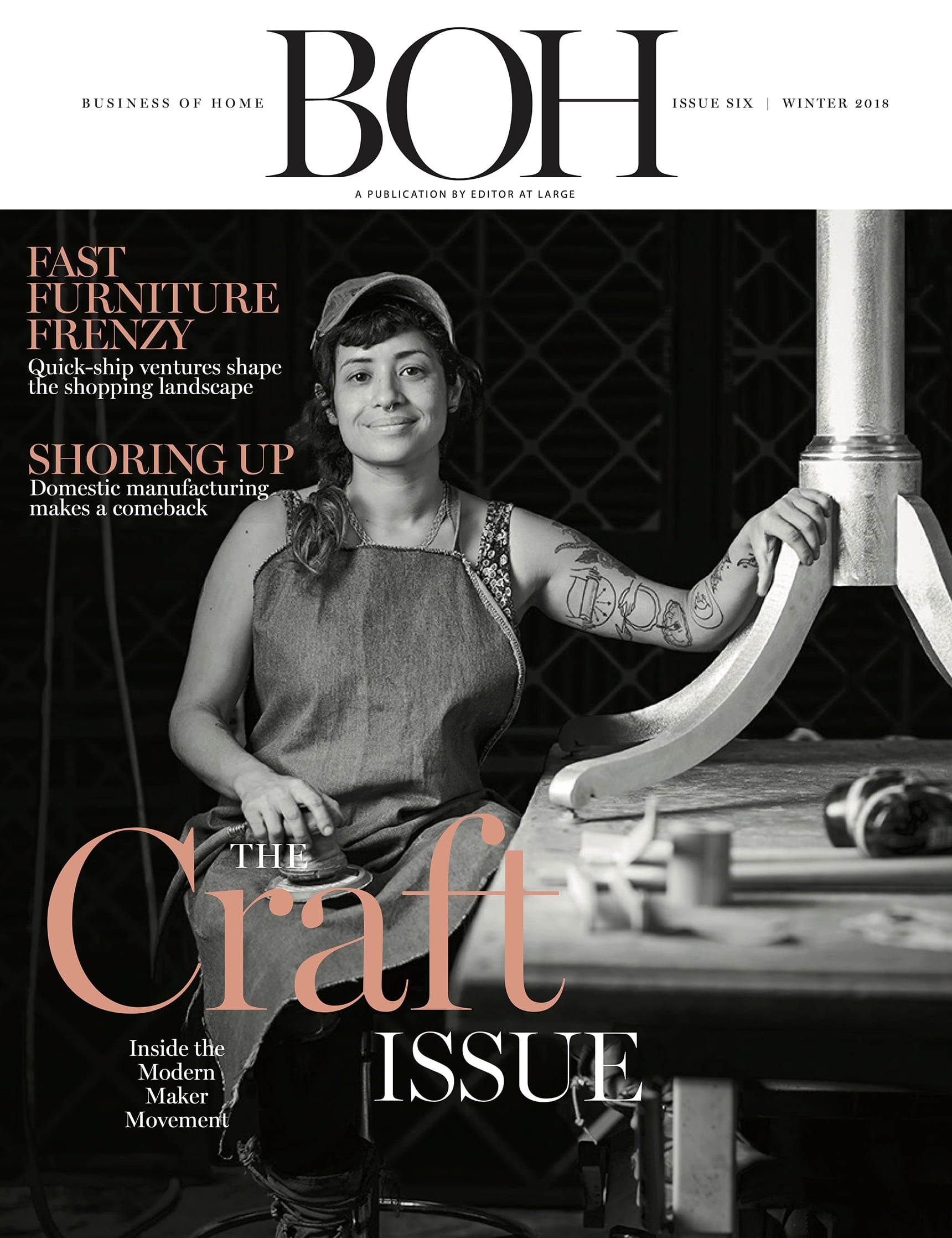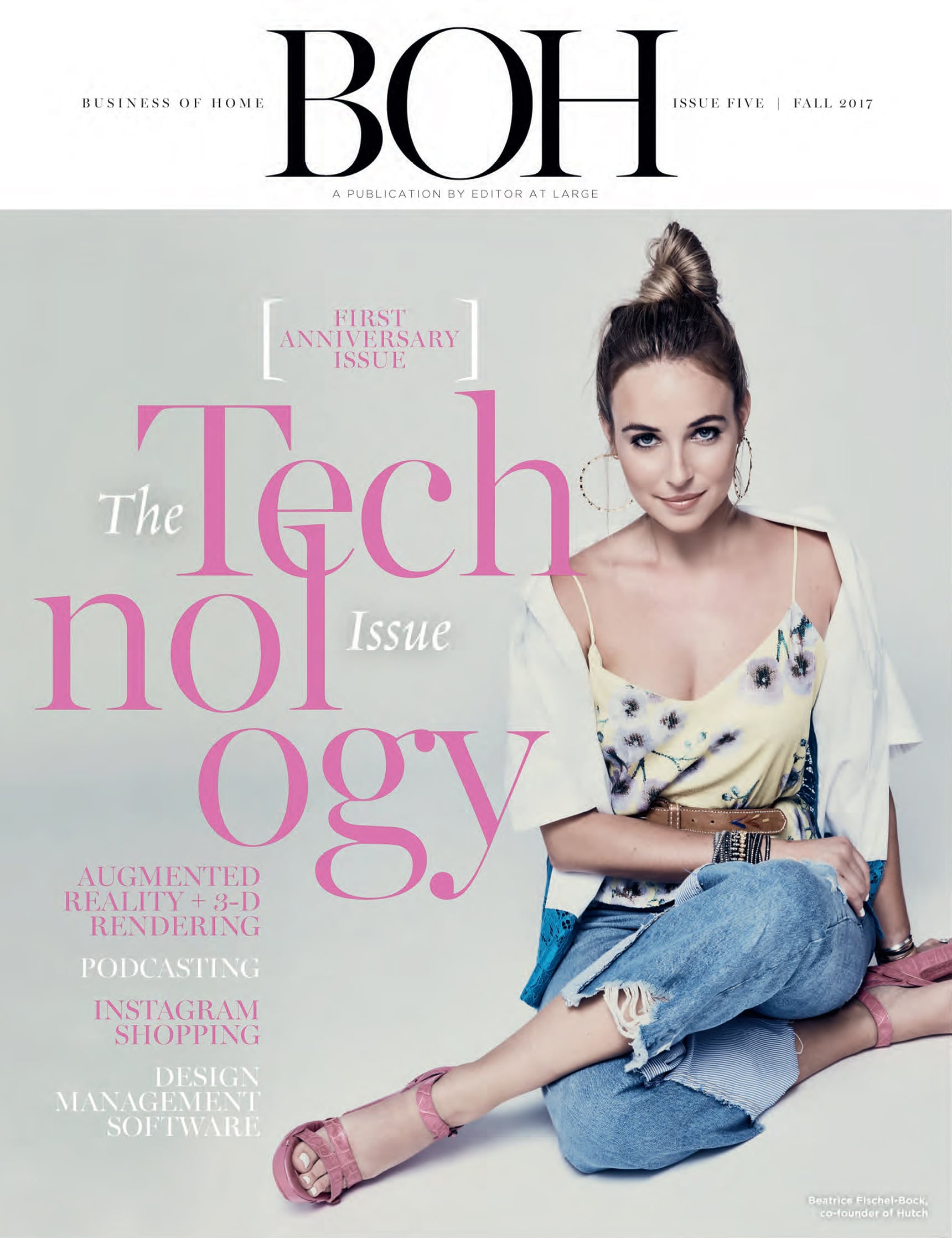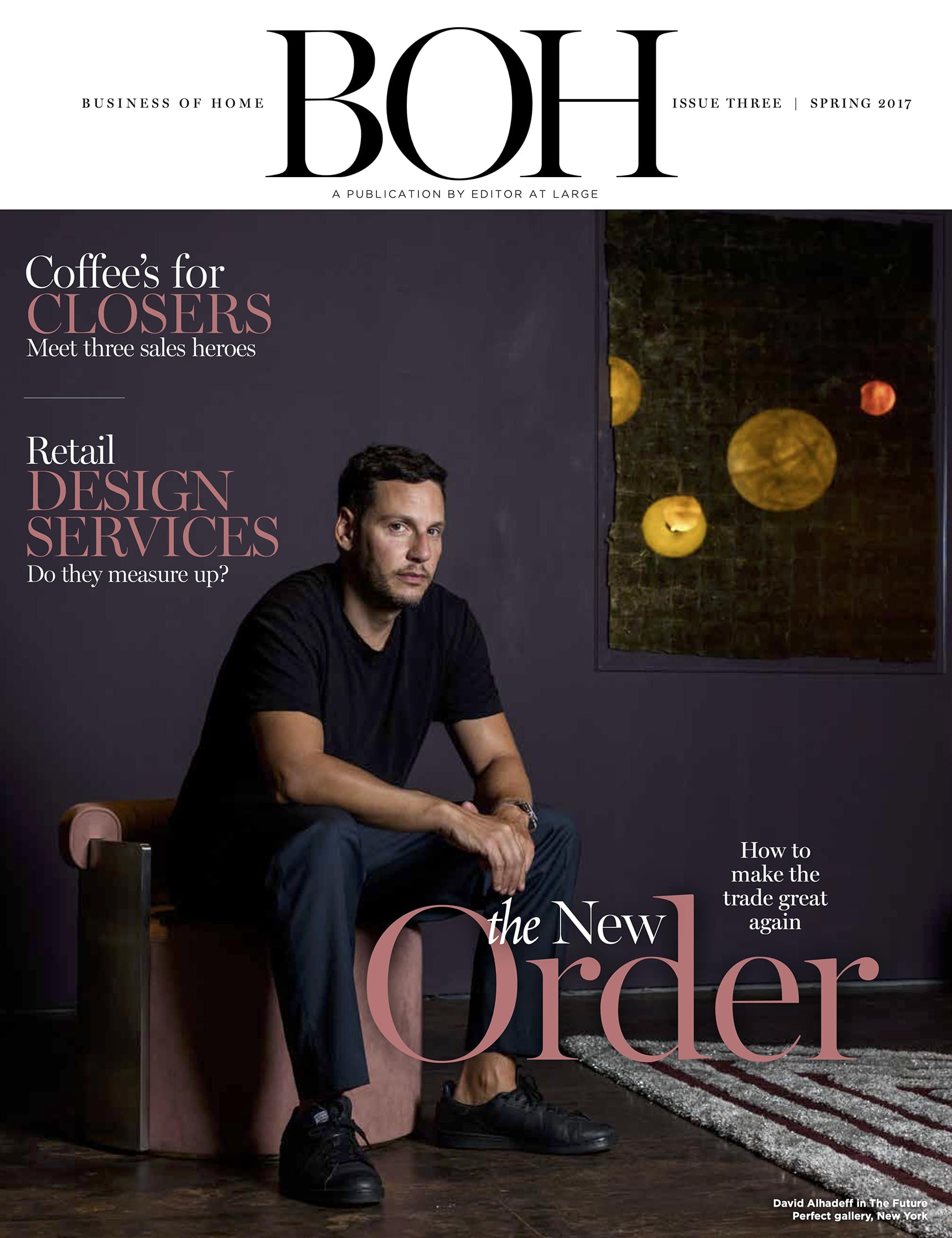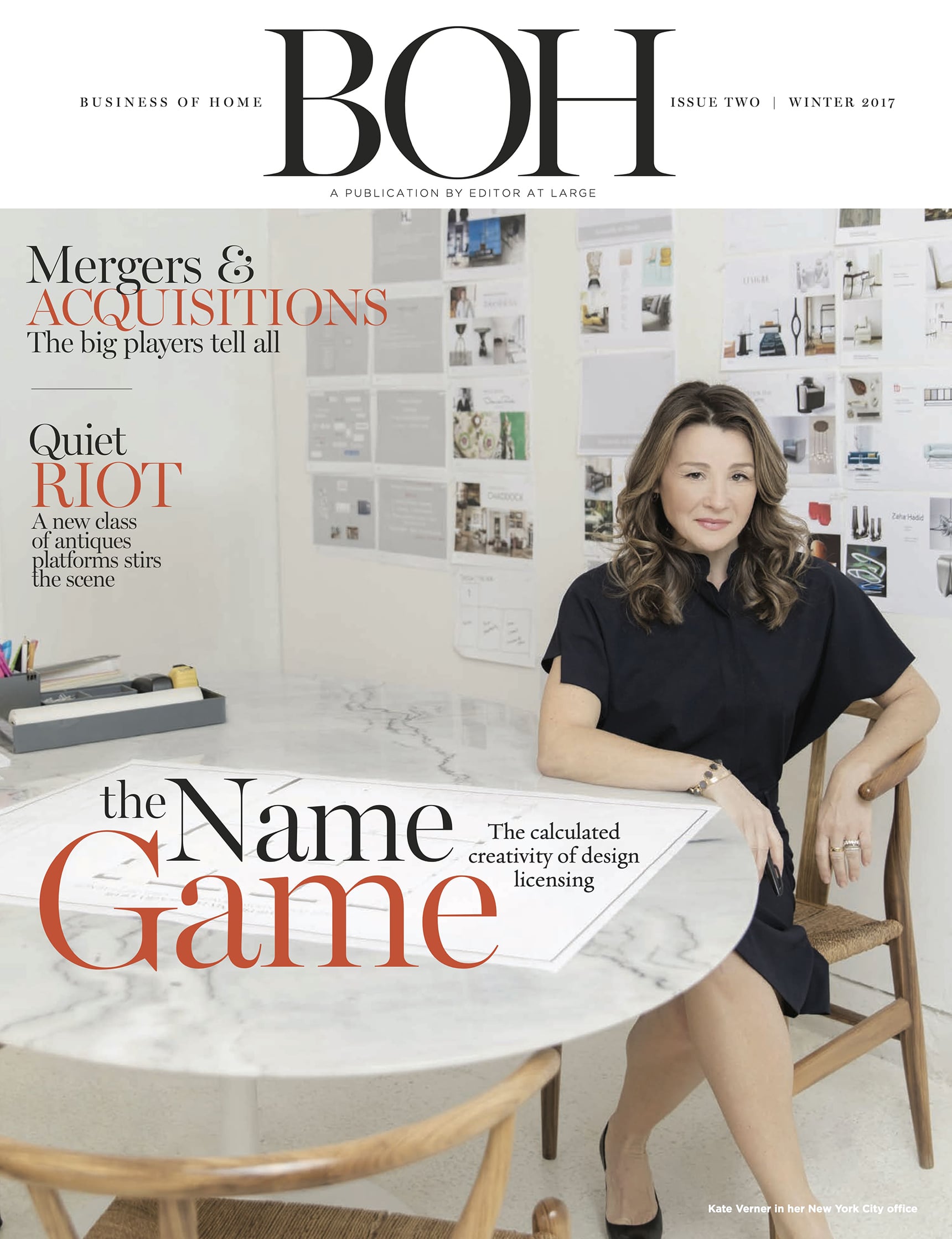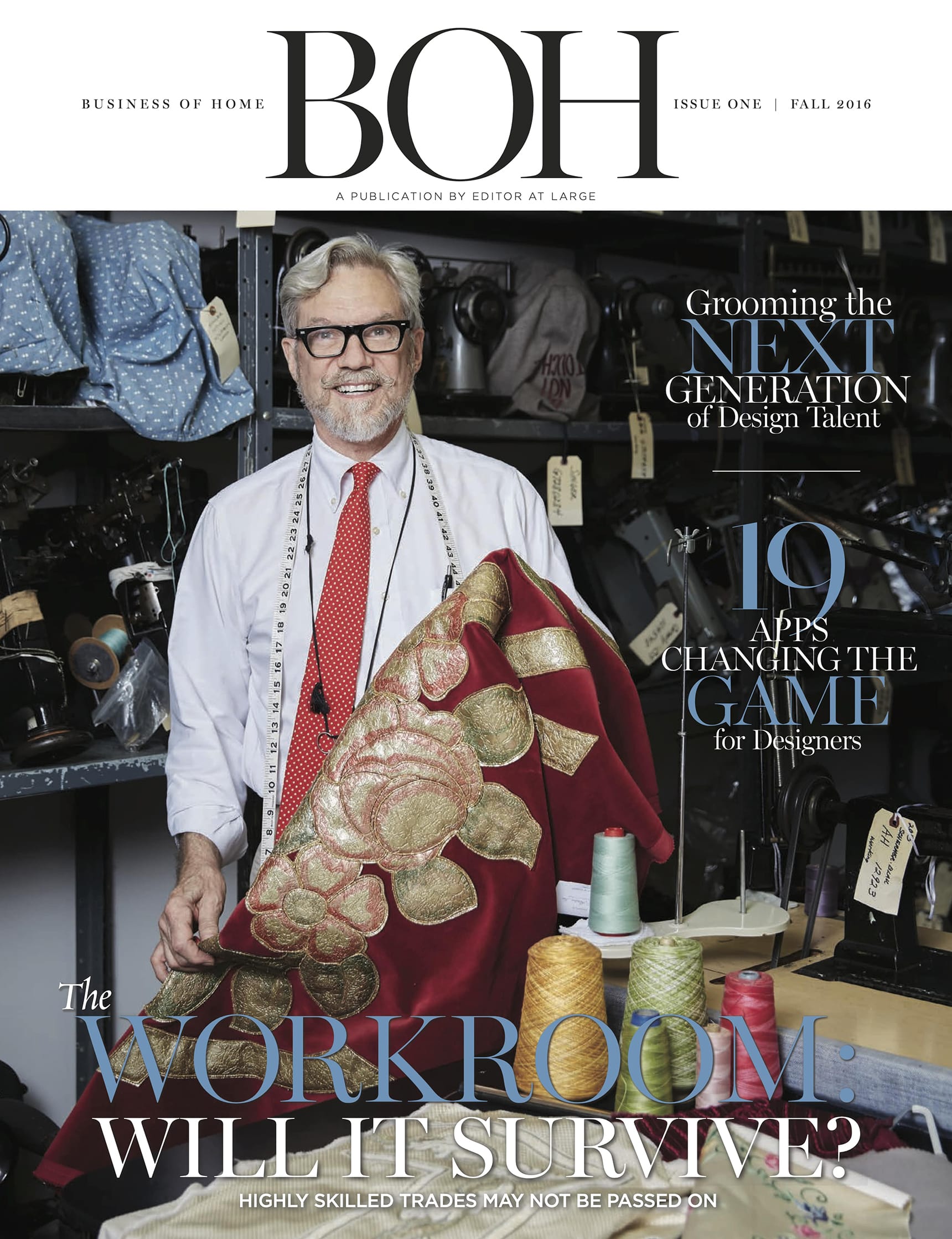At Ike Kligerman Barkley, technology’s intrusion into the design process has been tempered by a reverence for the hand. From preliminary sketches to advanced 3D modeling, the firm’s layered approach illustrates how to embrace digital tools while keeping creativity alive.
On a sunny morning last November, I visited the midtown Manhattan offices of award-winning architecture firm Ike Kligerman Barkley, where, after pausing in the vestibule to admire the framed watercolor paintings of past projects, I donned VR glasses to “walk” through a recent project, scoped out a massive 3D printer that spits out chalklike models, and listened to a drafting whiz explain the ins and outs of the company’s cutting-edge software. My tour came courtesy of an invitation from Thomas A. Kligerman, whose willingness to embrace new-fangled technologies while preserving more analog approaches is evident in the ethos of the firm he co-founded in 1989. The architect may miss the days when his new hires were well-versed in history and relied on books rather than Google searches, yet he also pushed the firm to invest in tools like the 3D printer and virtual reality goggles long before either technology was remotely mainstream.
Ike Kligerman Barkley’s ability to invest in hand-drawn sketches, multiple models, and digitized drawings and renderings is partly a function of the 40-person firm’s size, scale and sky-high project budgets. Yet the benefits of a thoughtful approach to technology’s role in design are universal. Nearly a year after that pre-pandemic visit—and in an extraordinarily different world—I caught up with Kligerman to find out his secrets to striking the right balance between analog and digital inspiration.

BOH subscribers and BOH Insiders.



















